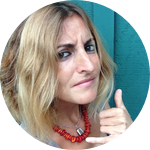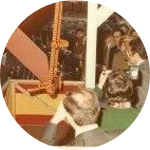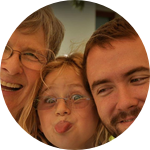Please wait...
About This Project
Last summer, coral reefs in Hawaii turned white when high ocean temperatures caused corals to lose the microbes that normally give them color. These microbes also provide nutrition and disease-protection to corals, and without them, "bleached" corals often die. However, corals can survive—and even adapt—if their healthy microbes come back. Now, we are tracking coral recovery in Hawaii up close to understand how the fate of these corals, and even the future of coral reefs, may depend on microbes.

Browse Other Projects on Experiment
Related Projects
How do polar bears stay healthy on the world's worst diet?
Polar bears survive almost entirely on seal fat. Yet unlike humans who eat high-fat diets, polar bears never...
Uncovering hidden insect diversity associated with a likely undescribed gall-forming midge
Does a likely undescribed species of gall-forming midge (pers. comm. Ray Gagné) on Eriodictyon plants (Yerba...
Macrofungi of the California archipelago
The eight islands of the California Archipelago are a well-studied biodiversity hotspot — but we know almost...



